Snacks For CKD And Diabetes
Living with chronic kidney disease (CKD) and diabetes can be a challenge, but with the right approach, you can still enjoy delicious snacks that are suitable for your health conditions. As someone managing both CKD and diabetes, it's important to pay close attention to what you're eating to ensure you're getting the nutrients you need while keeping your blood sugar levels under control.
With the help of a registered dietitian and some planning, there are many options for healthy snacks that will satisfy your cravings without compromising your health.
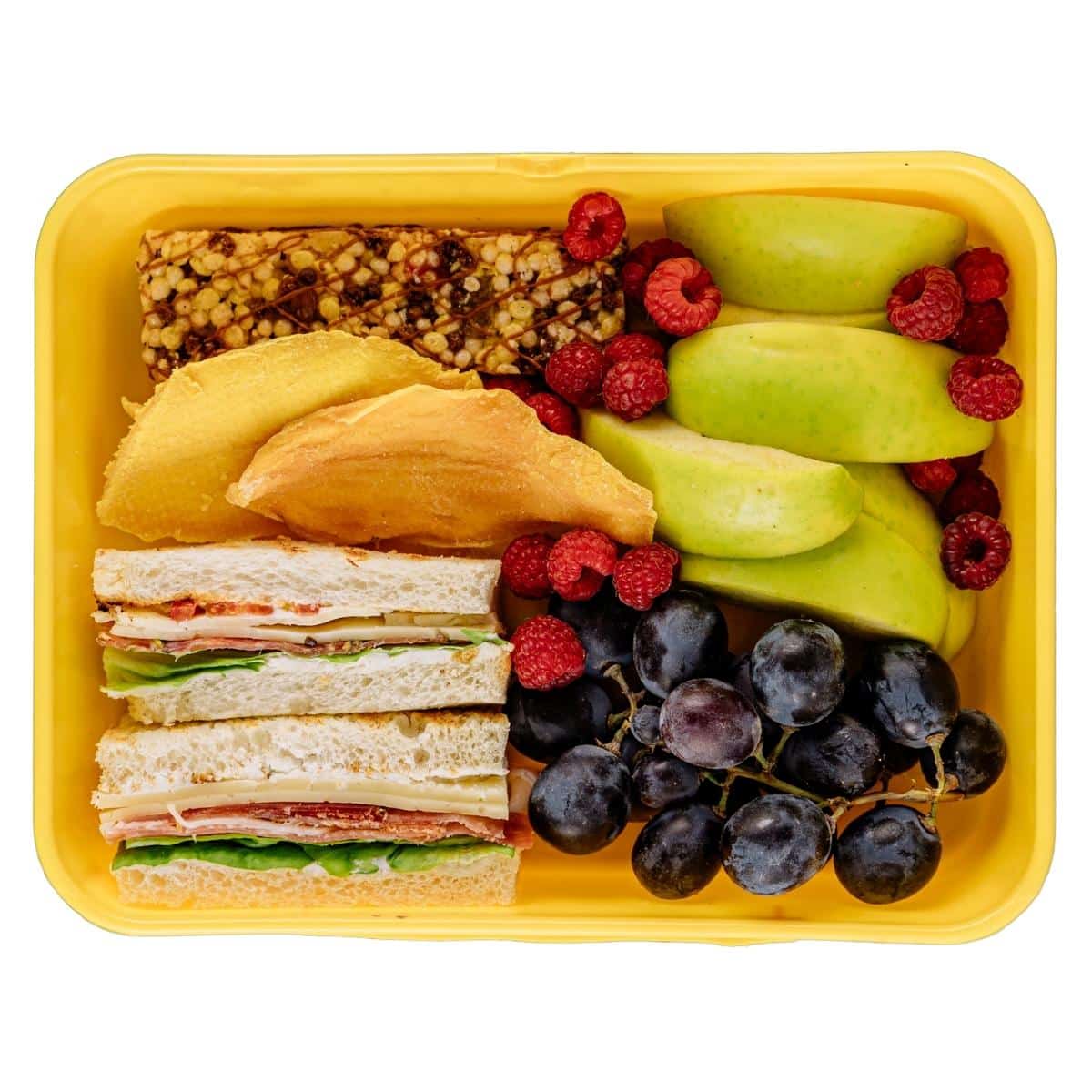
It's not always easy to know what foods and snacks are safe when you have CKD and diabetes. You may feel overwhelmed by all of the different recommendations and food lists out there. But don't worry, with some guidance, you can find tasty snack options that fit within your dietary restrictions.
In this article, we'll explore some tips for snacking on a kidney-friendly daily diet while also managing diabetes. From fruits and vegetables to low-sugar treats, there are plenty of healthy snack options available that will help keep you feeling satisfied throughout the day.
Jump to:
Key Takeaways
- Snacking on the kidney diet is okay as long as healthy choices are made.
- Snack options should be kidney-friendly and low in phosphorus, potassium, sodium, and calcium.
- Some patients may need to restrict protein in their snacks, and phosphate binders may need to be taken with protein-containing snacks to control phosphorus.
- Patients with CKD should consult their doctor or dietitian to learn what snack foods are good for their kidney diet.
For More Recipes and Ideas --->> Get Your Free Meals and Recipes That Are Perfect for Pre-Dialysis Diets, Pre-Dialysis with Diabetes, or Dialysis Diets.
What is Renal Diabetes?
If you have renal diabetes, also called diabetic kidney disease or diabetic nephropathy, it's important to understand that this condition is a common complication of diabetes that affects the kidneys and can lead to decreased kidney function.
It occurs when high blood glucose levels damage the small blood vessels in your kidneys, reducing their ability to filter waste products from your blood. Symptoms may include fatigue, nausea, vomiting, worsening blood pressure control, and swelling in the hands or feet.
To manage renal diabetes, there are several strategies you can use. One of the most important is proper nutrition. A dietitian can help you create a meal plan that takes into account your specific dietary restrictions and needs.
You may need to limit potassium, phosphorus, protein or sodium contents depending on your individual situation. In addition to dietary changes, medication options such as ACE inhibitors or ARBs may be prescribed by your doctor to slow down the progression of kidney disease.
Lifestyle changes such as quitting smoking or maintaining a healthy weight can help manage renal diabetes. Regular exercise is another key component of managing this condition, aim for 30 minutes of moderate-intensity activity at least three days per week if possible.
With these management strategies in place, many people with renal diabetes are able to lead fulfilling lives without significant complications related to their condition.
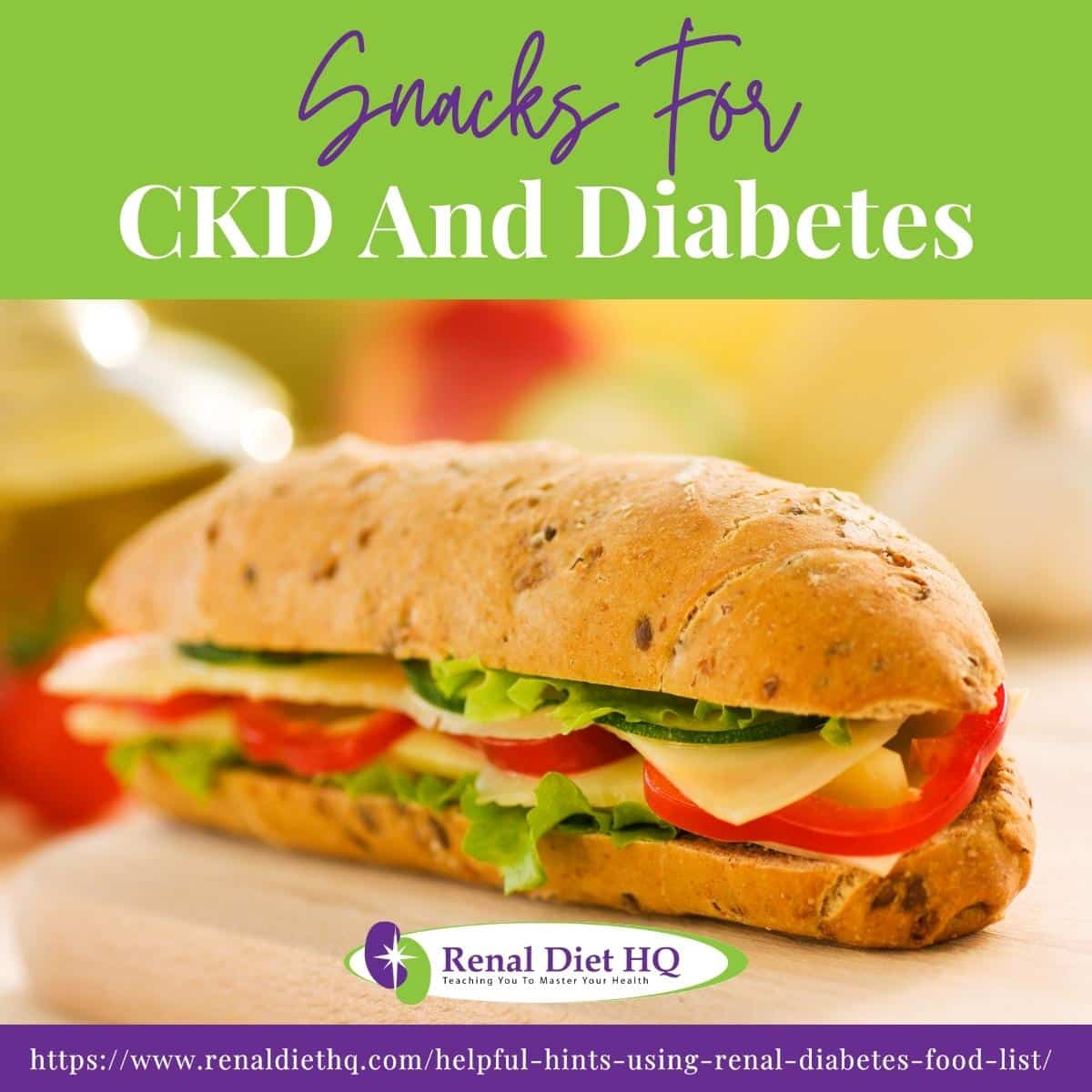
Keeping a Food List Handy
Keeping a food list handy can be a lifesaver for renal diabetes patients, especially when grocery shopping or dining out. A pocket-sized convenience like a food list can relieve stress and confusion about what to eat. It can also help the family plan meals and make grocery shopping easier.
Digital alternatives are available too, like apps that allow patients to stay on target with their renal diabetes food list. Consulting professionals such as registered dietitians is recommended for creating an effective food list that caters to individual needs. The input of family members also helps in planning healthy meals and keeping track of food choices.
When grocery shopping, having a convenient reference for the recommended nourishing foods and meal plans (realistic meal plans for people with CKD) makes it easier to stick to the diet restrictions. Having the food list easily accessible helps when eating out or at new places too, making it less obtrusive than carrying around bulky lists or feeling embarrassed about asking restaurant staff about suitable options.
Keeping a food list handy is essential for renal diabetes patients in managing their condition. Whether it's through traditional pocket-sized lists or digital alternatives like apps, consulting professionals and involving family members can also help create effective meal plans and make grocery shopping easier.
Getting started is the hardest part for most people. Renal diabetes patients often spend a great deal of time focused on the things they can no longer fail and forget to explore the depths of the foods they can have instead.
Renal dietitians are great for helping you see the possibilities instead of the limitations. That's important as you begin creating a renal diabetes food list that will help you establish healthy eating routines to carry you into the future. The sooner in the process you make an appointment with a qualified registered dietitian, the faster you'll begin to feel better about your menu and food choice options.
You are probably finding that you are confused about what to eat, as someone said the other day to me, "A renal diet is not necessarily a healthy diet for everyone." I interpret that to mean that in many cases we are encouraged to eat high fiber and proteins, and in the case of CKD, whole grains have more potassium and are generally discouraged.
Many times, lower protein is also encouraged. So talking to a qualified registered dietitian who is experienced in teaching people about the ins and outs of a renal diet can release a lot of the stress that you might be feeling about a new renal and diabetes diet.
Print out Full List and Post in Prominent Place
The refrigerator is an excellent place to keep your renal diabetes food list. This way it's handy whenever you're making your grocery list, planning your weekly menu, or going for an afternoon snack. There are all kinds of cute magnetic refrigerator frames you can use to make it look neat and tidy, while keeping it handy for regular use.
Having the list handy is a great way to relieve some stress on all the family . At home, even though we do not have renal diabetes, we have a grocery list and a meal list written out for the week. Everyone gets to help choose a couple of meals. We know the foods that are favorites and foods that are not.
When everyone participates, we find that we have less complaints when it's time to eat. Part of having the list is also that it makes going to the grocery store easier - we have a list almost started.
Print a Smaller Copy of the List for Portability
While most meals, snacks, and shopping lists are enjoyed or created at home, there are times when you're out and about when the time for meals comes along. Sometimes you simply leave your grocery list at home. (Comprehensive Healthy Renal Diet Grocery List Guide). These are the times when you need something handy with you to help you make wise decisions. A small renal diabetes food list in your pocket or purse can help you do just that.
It's especially valuable when you are at a new place to eat, or out with friends and want to enjoy the environment but not mess up your diet. Because you know if you eat too much of something like salt or potassium, you will suffer from it later.
So being able to pull out a short list and ask if certain items are in the recipes can help. As you learn more about what is allowed and what causes you problems, you can make the adjustments easier.
There's an App for That
If you own a smartphone, another option is to install an app that helps you keep up with what's a hit and miss for your renal diet needs. Consult with your physician to see if he or she can recommend a good app to help you stay on target with your renal diabetes food list whether you're at home or on the go.
Your renal diabetes food list needs to be packed with food choices and meal plans you'll be happy to eat that will leave you feeling satisfied and not deprived. Try to incorporate meal plans that can be easily prepared ahead of time to help you avoid making convenience choices that aren't exactly wise for your health needs. Freezer cooking and slow cooker (crock-pot) meals are also great ideas if you still lead an active life (renal diet freezer meals).
Meal Planning and Convenience Choices
Planning ahead is key to maintaining a renal diabetes diet. Meal prep can save time and ensure that you have healthy options readily available.
Start by making a list of meals for the week, including snacks, and then make a grocery list based on those meals. This will help you avoid impulse purchases and stick to healthier options. Always remember to read the nutrition labels to make sure you are avoiding excess sodium levels and excess potassium levels.
When planning your meals, consider healthy swaps for ingredients that may not be suitable for your health needs. For example, instead of using high-potassium fruits, opt for low-potassium fruits like apples or berries or low-potassium veggies for snacks. You can also substitute high sodium condiments with low-sodium alternatives or use herbs and spices to add flavor without adding salt.
On-the-go options are important too, especially if you have a busy schedule or travel frequently. Plan ahead by packing portable snacks like cut-up fruits and vegetables, nuts or seeds, egg white, or low-sodium crackers and cheese. Having these options on hand can help you resist the temptation to grab convenience foods that may not fit with your renal diabetes diet.
By taking the time to plan ahead for meal prep, grocery shopping, and on-the-go options, you can make sure that you always have healthy choices available to support your kidney health needs.
With some time management skills and healthy swaps in mind when meal planning, living with renal diabetes limitations doesn't have to be challenging or restrictive.
Snacking on a Kidney Diet
Indulging in guilt-free and healthy snacks can be a satisfying way to boost your calorie intake and support your kidney health needs. Kidney-friendly snacking is possible with the right choices.
Start by choosing snacks that are low in protein, sodium, phosphorus, and potassium contents. It may also be important to take phosphate binders to control phosphorus levels.
Be sure to avoid high sugar snacks as well if you are diabetic, especially as high sugar can cause further damage to your kidneys. Healthy snack options include kidney-friendly fruits and vegetables as well as unsalted breadsticks, unsalted crackers and tortilla chips, and unsalted pretzels (kidney friendly snacks).
Snacks should be compatible with your dietary restrictions but can still provide a tasty treat while supporting your overall kidney health goals.
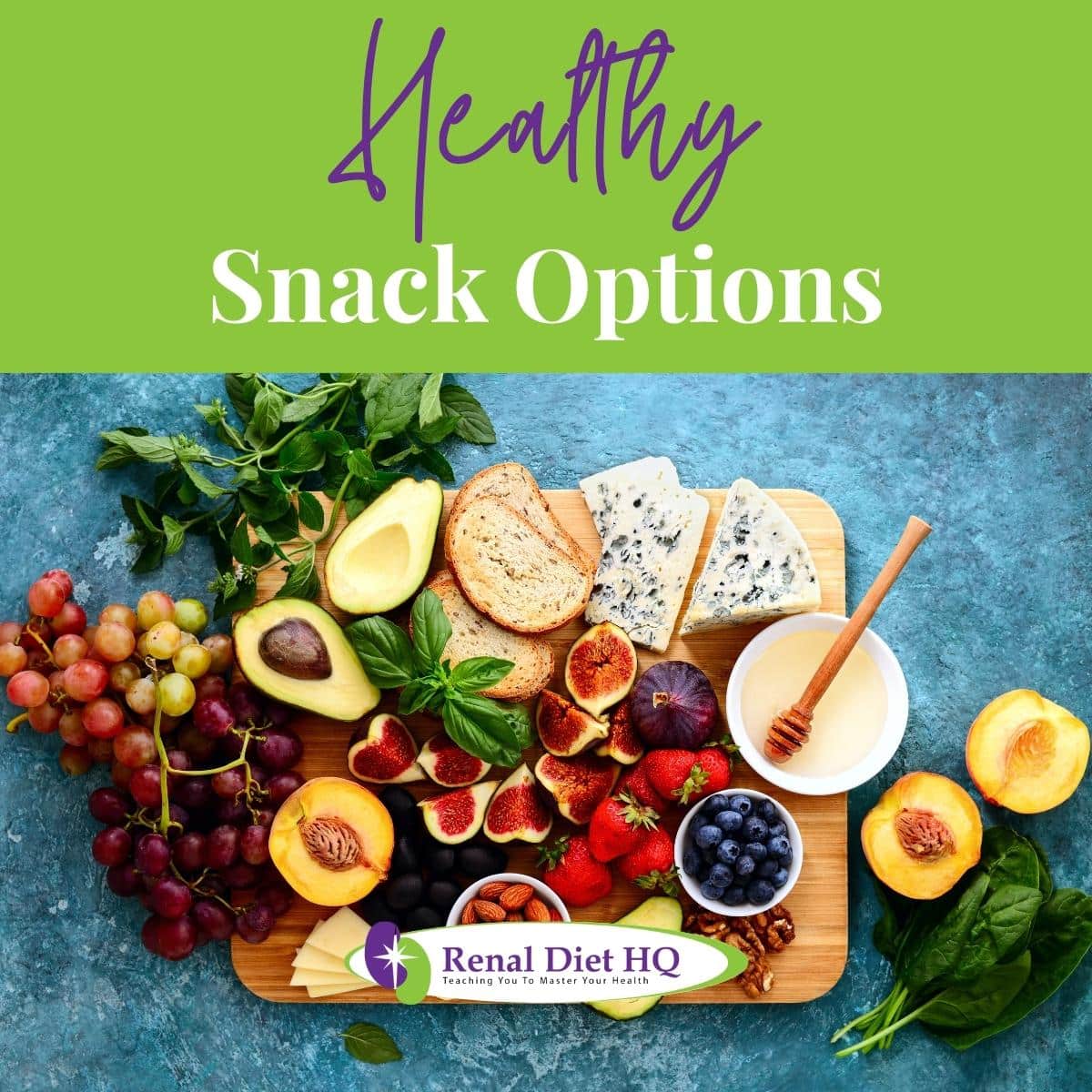
Healthy Snack Options
Satisfy your cravings and support your kidney health with these delicious and guilt-free snack options. When it comes to snacking on a kidney diet, choosing the right foods is crucial. You want snacks that are not only tasty but also low in phosphorus, sodium, and potassium while being high in protein (Protein for CKD Patients by stage).
Here are some kidney-friendly snack options that you can enjoy anytime:
- Fresh fruits and vegetables: These are always a good choice for snacking as they are low in calories, high in fiber, and packed with nutrients. Some examples include apples, grapes, berries, plums, cucumbers, and celery.
- Protein-containing snacks: Consider healthy protein options like hard-boiled eggs or grilled chicken breast or unsalted seafood.
Remember to consult with your doctor or dietitian before adding new snacks to your renal diabetes food list. They can help you create a personalized plan tailored to your specific needs so you can still enjoy delicious snacks without compromising your health.
Planning and Moderation
When planning your meals and snacks, it's important to keep moderation in mind to maintain a balanced renal diet. Portion control is key when it comes to snacking, as overeating can easily lead to consuming too much potassium, phosphorus, or sodium.
Instead of snacking throughout the day, try timing your snacks with your meals and choose nutrient-dense options that will leave you feeling satisfied.
In addition to portion control, nutrient balance is essential in creating kidney-friendly snacks. Incorporate a variety of your favorite vegetables and fruits into your snack choices for added fiber and vitamins. Hydration is also crucial for maintaining kidney health, so be sure to include hydrating options like watermelon or cucumber slices in your snack repertoire.
Get creative with your snack ideas by experimenting with new foods and flavors. Low-sodium crackers topped with hummus or guacamole make for a satisfying savory option. For something sweet, try dipping apple slices in almond butter or spreading mashed raspberries on whole-grain toast.
With some planning and creativity, you can enjoy guilt-free snacks while still following a renal-friendly diet (Is Applesauce Good For Kidneys?).
Eating Out and Travel Tips
Going out to eat or traveling can be challenging for those following a renal-friendly diet, but with the right tips and tricks, it's possible to enjoy delicious meals while still managing kidney disease. Check out this book on eating out with kidney disease.
When eating out, look for restaurant options that offer low-sodium, low-potassium dishes. Many restaurants will also allow menu modifications to accommodate dietary restrictions, so don't hesitate to ask your server about making substitutions or leaving off certain ingredients.
If you're traveling, packing portable food options is key. Consider bringing kidney-friendly snacks like sliced fruits and vegetables, unsalted nuts and seeds, low-sodium crackers or rice cakes, and individual servings of hummus or guacamole.
If you'll be on a long flight or road trip where there may not be many healthy food options available, pack a cooler with pre-made meals like salads with lean protein or whole grain wraps with fresh veggies and chicken. I love this southwestern chicken and white bean soup.
Don't let cultural cuisine deter you from enjoying dining experiences while managing your kidney disease. Research traditional dishes before visiting a new country or trying a new restaurant so you can identify any high-potassium ingredients and make informed choices.
Don't be afraid to ask questions or request modifications, most chefs are happy to accommodate dietary needs in order to create an enjoyable dining experience for their guests.
Getting Enough Nutrition
Staying healthy while managing kidney disease can be a challenge, but it's crucial to ensure you're getting enough nutrition to keep your body strong and resilient.
A balanced meal plan with the right amount of protein, carbohydrates, and healthy fats is essential for maintaining your health. Protein requirements may vary depending on the stage of your kidney disease and other health conditions you may have. It's important to work with a registered dietitian to determine the appropriate amount of protein for your individual needs.
In addition to eating balanced meals, nutrient supplements may be necessary to ensure you're getting enough vitamins and minerals. Your healthcare team may recommend specific supplements based on your lab results and medical history. It's important to follow their recommendations closely and not exceed recommended dosages.
Hydration is also an important aspect of nutrition for people with kidney disease. Drinking enough fluids helps flush out toxins from the body and keeps organs functioning properly.
However, too much fluid intake can be harmful and can cause fluid buildup if you have advanced stages of kidney disease or are on dialysis. Work with your healthcare team to determine your recommended fluid limits.
Overall, it's important to pay attention to calorie intake as well as nutrient content when managing kidney disease. Eating small meals throughout the day can help ensure adequate calorie intake without overeating in one sitting. Snacks can also be a helpful way to boost calorie intake if needed, but make sure they're low in sugar, sodium, and phosphorus and compatible with your kidney health needs.
FAQs Snacks For CKD And Diabetes
Sugary snacks can be included in a renal diabetes diet, but it's important to manage cravings and choose alternative options when possible.
These types of snacks can have a significant impact on blood sugar levels, so portion control is key. Balancing macros is also crucial, as sugary snacks are typically high in carbohydrates and low in protein.
However, it's important to consult with your doctor before consuming sugary snacks, especially if you have diabetes.
To help manage cravings and make healthy choices, it's recommended to stick to healthy portion sizes for sugary snacks and drinks. A helpful way to do this is by using a table that outlines the serving sizes of common high-sugar snack options. Here is an example:
High-Sugar Snack Option | Serving Size
Hard Candies | 1 oz (28g)
Jelly Beans | 1 oz (28g)
Chocolate Pudding | ½ cup (110g)
Please note that these are general serving sizes and actual serving sizes may vary based on specific brands or types of snacks.
To satisfy sweet cravings, try incorporating fruits or low-sugar dessert options instead. If consuming sugary snacks, consult with your healthcare provider to ensure they fit within your individual dietary needs and daily limits.
As a CKD patient, it's important to be mindful of the ingredients in snack foods. Some specific ingredients to avoid include high levels of sodium, potassium, phosphorus, and calcium.
Instead, opt for kidney-friendly snack alternatives such as animal crackers, breadsticks, low-sodium crackers and tortilla chips, unsalted pretzels, or fruits and vegetables (kidney friendly fruits).
It's also important to maintain nutrient balance and portion control when snacking. Consult with your doctor or dietitian for personalized recommendations on snacks that are appropriate for your specific dietary needs.
Frequent snacking can have benefits for CKD patients on a kidney diet, as long as healthy snack choices are made. Kidney-friendly snack ideas include fruits and vegetables, low-sodium crackers, unsalted pretzels, unsalted breadsticks, and tortilla chips.
Snacks can also provide extra calories for kidney patients with weight management concerns. However, it's important to be mindful of snacking and blood sugar balance in patients with diabetes.
Healthy snacking tips for CKD patients include avoiding added phosphorus, limiting sodium intake, and consulting with a doctor or dietitian to determine appropriate protein intake.
Overall, snacks can be enjoyed in moderation as part of a well-planned kidney diet.
Snacking can be a helpful tool for managing CKD as long as you pay extra attention to nutritional value, portion control, snack timing, low sodium options, and convenience options.
Snacks can help increase your calorie intake if you struggle with poor appetite or unwanted weight loss. However, it's important to watch out for high sugar snacks that may be recommended if losing weight due to poor appetite as these may not be suitable for patients with diabetes.
Planning is required to include snacks on the kidney diet but they should be guilt-free and healthy while still being compatible with your kidney health needs. Patients with CKD should consult their doctor or dietitian to learn what snack foods are good for their specific condition (kidney disease weight loss).
If you're looking for protein-rich options that are also kidney-friendly, there are several nutritious nibbles you can choose from. Low sodium snacks like boiled eggs, roasted chickpeas, unsalted nuts or seeds, and low-fat cheese sticks are all examples of foods that can help increase your protein intake while avoiding harmful ingredients.
Kidney-friendly bites such as cottage cheese with fruit, hummus with sliced vegetables, or edamame beans can also add variety to your snack choices and provide additional nutrients like fiber and healthy fats.
Remember to consult with your doctor or dietitian before making any changes to your diet plan.
Enjoy Healthy Snacks With Diabetic Kidney Disease
In conclusion, eating right for chronic kidney disease and diabetes can be challenging when it comes to finding suitable snacks. However, with the help of a registered dietitian and some planning, patients can still enjoy delicious and healthy options that meet their nutritional needs.
It's important to keep a food list handy and plan meals ahead of time for convenience choices. When it comes to snacking on a kidney-friendly diet, there are plenty of healthy options available such as fruits, vegetables, nuts, and low-sugar treats. However, it's also important to be mindful of high-sugar snack options and practice moderation.
Eating out and traveling can also present challenges, but with some preparation and communication with restaurant staff or travel accommodations, patients can still maintain their dietary needs.
Overall, by incorporating these tips and ideas into your routine along with guidance from a healthcare professional or registered dietitian, you can successfully manage both your chronic kidney disease and diabetes while still enjoying tasty snacks.

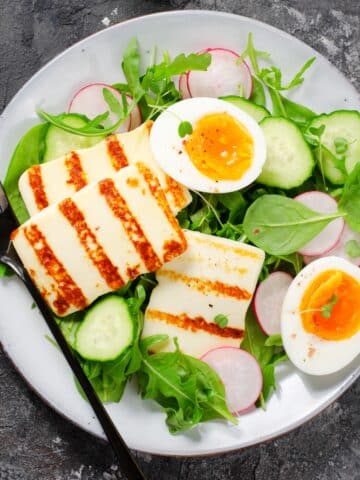
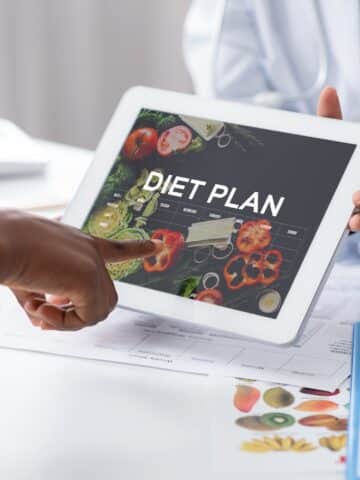
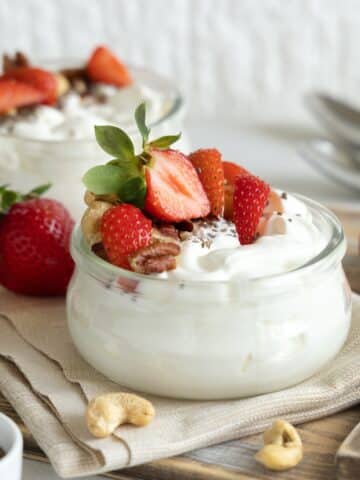
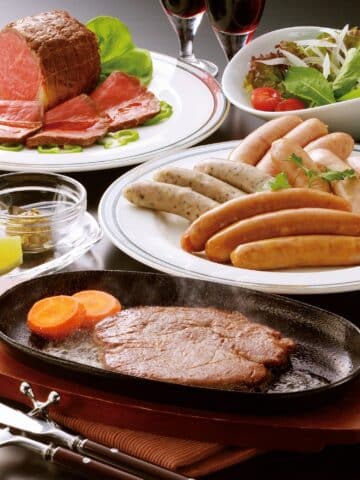
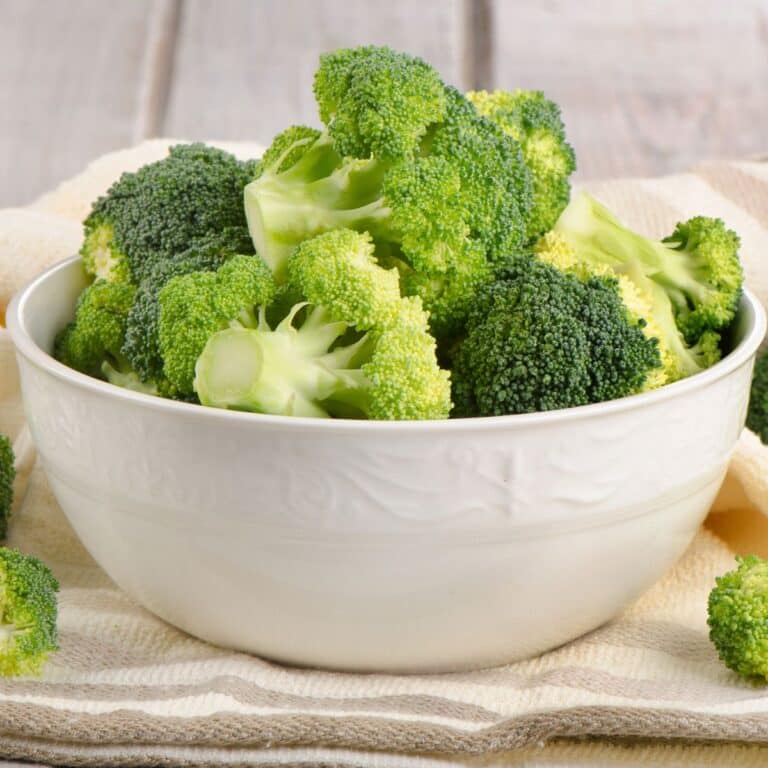
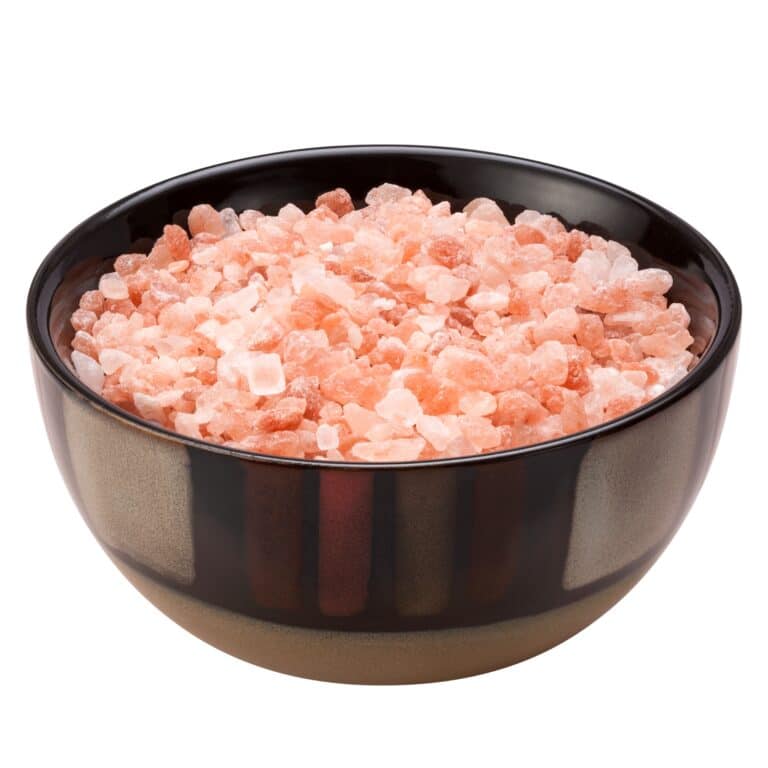
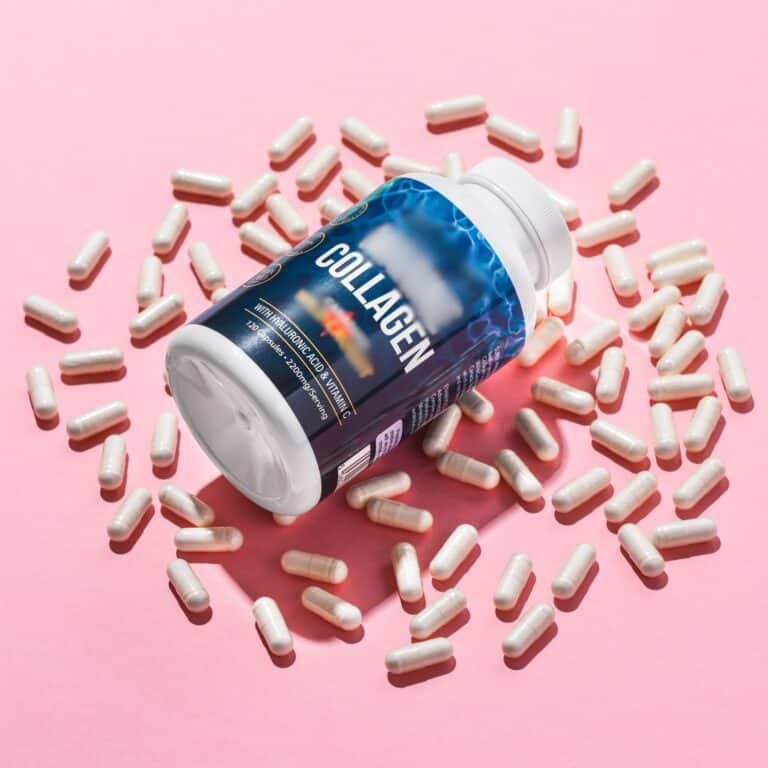
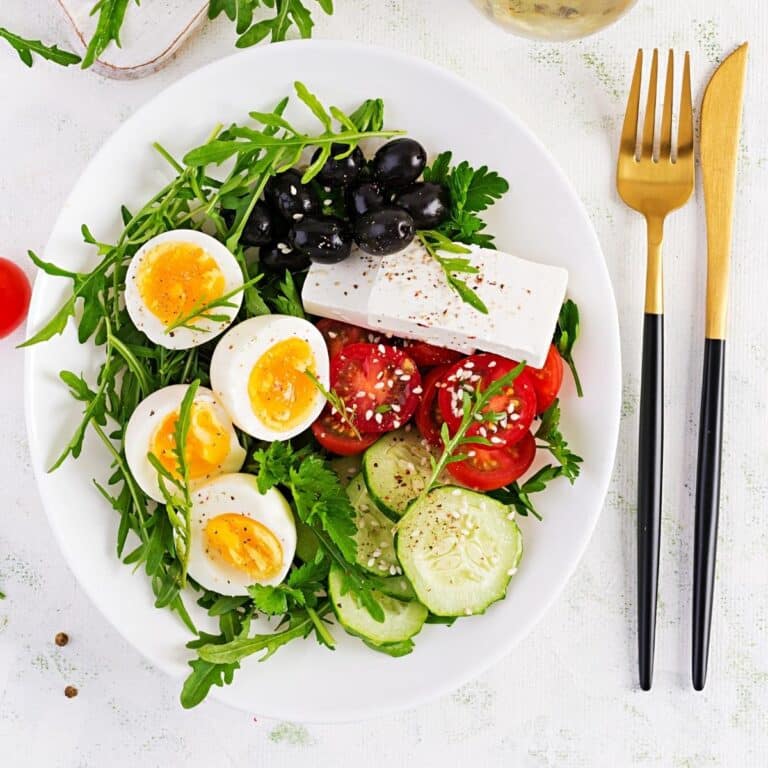
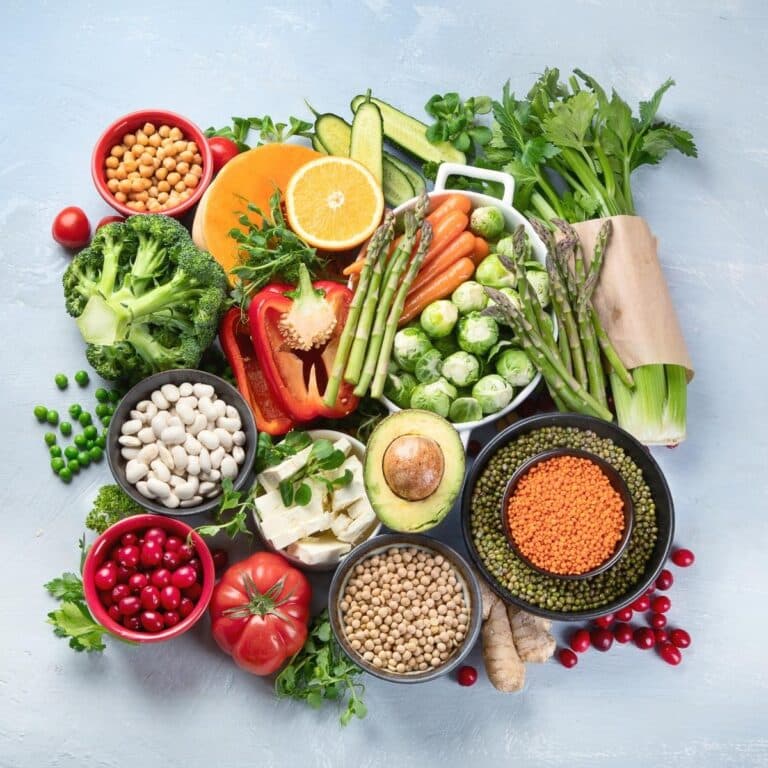
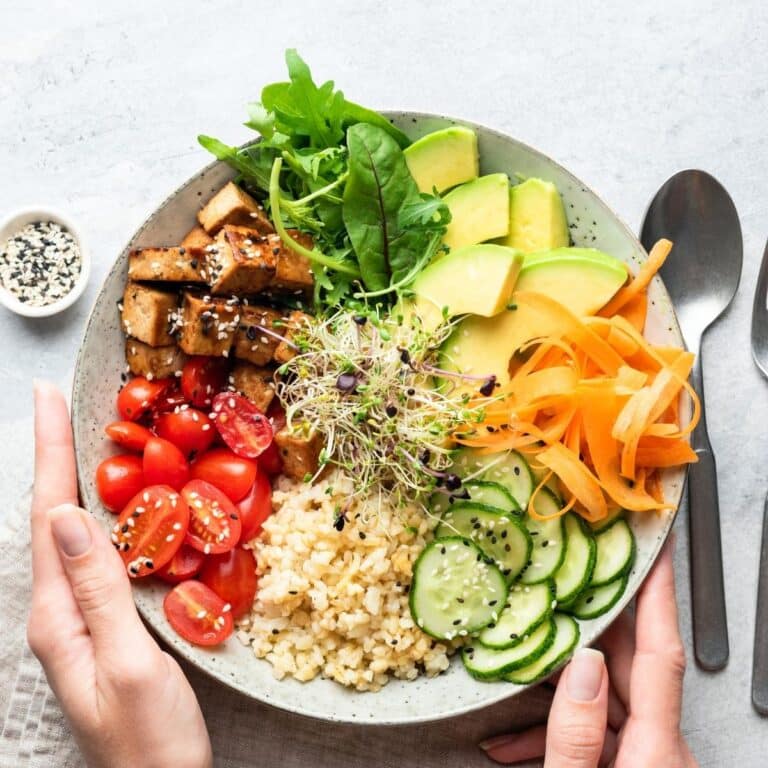





Looking for diabetic and predialysis meal,no pork or beef,please